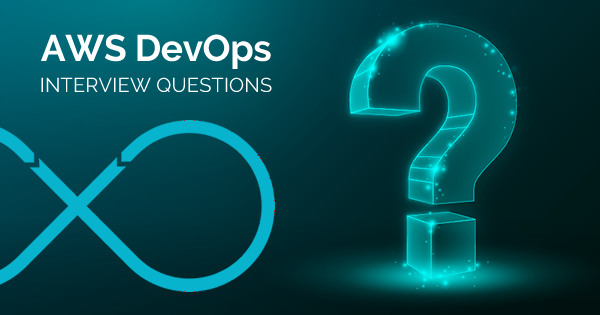Q1. Test your knowledge with this AWS scenario-based interview question. I have some private servers on my premises, as well as some of my workload distributed on the public cloud; what is the name of this architecture?
Answer: Cloud Hybrid
Explanation: Hybrid cloud architecture would be used in this case. Why? We are using both the public cloud and your on-premises servers, i.e. the private cloud. Wouldn’t it be better if your private and public clouds were all on the same network to make this hybrid architecture easier to use? (virtually). This is accomplished by incorporating your public cloud servers into a virtual private cloud and connecting this virtual cloud to your on-premises infrastructure. VPN-enabled servers (Virtual Private Network).
Learn how to use the Google Cloud Platform to design, develop, and manage a robust, secure, and highly available cloud-based solution for your organization’s needs.
Please see our EC2 AWS blog for a more in-depth discussion of this topic.
Q2. What effect does the following command have on the Amazon EC2 security groups?
Answer: Generates a new security group for your account.
Explanation: A Security group functions similarly to a firewall in that it regulates traffic entering and exiting your instance. In Inbound and outbound traffic are AWS terms. The command mentioned is fairly straightforward; it says create security group and does exactly that. Moving on, once your security group has been created, you can add various rules to it. For example, if you have an RDS instance, you must add the public IP address of the machine from which you want to access the instance to its security group in order to access it.
Q3. Here is a scenario-based interview question from AWS. You have a video transcending programmed. A queue is used to process the videos. If video processing is interrupted in one instance, it is resumed in another. There is currently a large backlog of videos that need to be processed; to do so, you must add more instances; however, these instances are only required until your backlog is reduced. Which of these would be the most efficient method?
Answer:
For the same, you should use an On Demand instance. Why? First and foremost, the workload must be processed immediately, indicating that it is urgent; secondly, you will no longer require them once your backlog has been cleared, indicating that Reserved Instance is no longer required; thus, Reserved Instance is no longer available the picture, and because the work is urgent, you cannot halt the work on your instance simply because the spot price increased; thus, Spot Instances shall not be used. As a result, On-Demand instances are the best option in this case.
Q4. You have a distributed application that processes large amounts of data on a regular basis across multiple Amazon EC2 Instances. The application is intended to gracefully recover from Amazon EC2 instance failures. You must complete this task in the most cost-effective manner possible.
Which of the following options will meet your needs?
- Specific instances
- Reserved situations
- Observed Instances
- On-Demand services
Answer: C Justification: Because the work at hand is not continuous, a reserved instance must be idle at all times.
Q5. What is the difference between stopping and terminating an instance?
Answer: The three states of an EC2 instance are starting, stopping, and terminating; let’s go over them in detail:
- Stopping and restarting an instance: When an instance is stopped, it performs a normal shutdown before transitioning to a stopped state. All of its Amazon EBS volumes remain attached, and the instance can be restarted at a later time. While the instance is in a stopped state, you are not charged for additional instance hours.
- Terminating an instance: When an instance is terminated, it performs a normal shutdown before deleting any attached Amazon EBS volumes, unless the volume’s deleteOnTermination attribute is set to false. The instance is also removed, and The instance cannot be restarted at a later time.
Q6. Which value should I set the instance’s tenancy attribute to if I want my instance to run on single-tenant hardware?
Answer: Committed
Q8. When will the cost of an Elastic IP address (EIP) be incurred?
Answer: When it is allocated and associated with a stopped instance, the answer is yes.
Q9. What distinguishes a Spot instance from an On-Demand instance or a Reserved Instance?
Answer: Spot instances are similar to bidding in that the bidding price is referred to as the Spot Price. For example, the Spot Price fluctuates due to supply and demand, but customers will never pay more than the maximum price they have specified.
Q10. Can Reserved Instances be used for Multi-AZ Deployments?
Answer: It is available for all instances.
Q11. How do I use the c4.8xlarge instance’s processor state control feature?
Answer:
- The C state – A sleep state that ranges from c0 to c6. C6 is the processor’s deepest sleep state.
- The P state – The highest possible frequency is p0, and the lowest possible frequency is p15.



